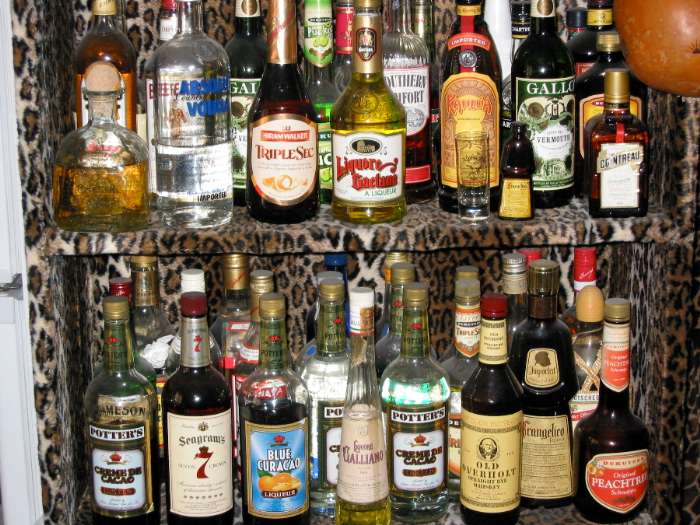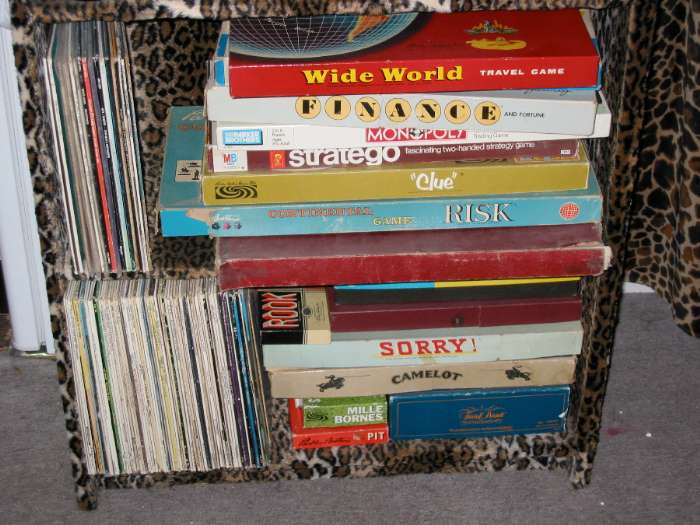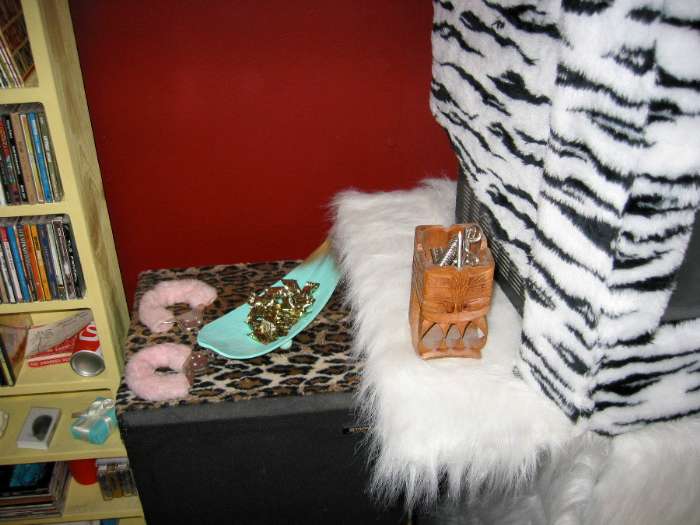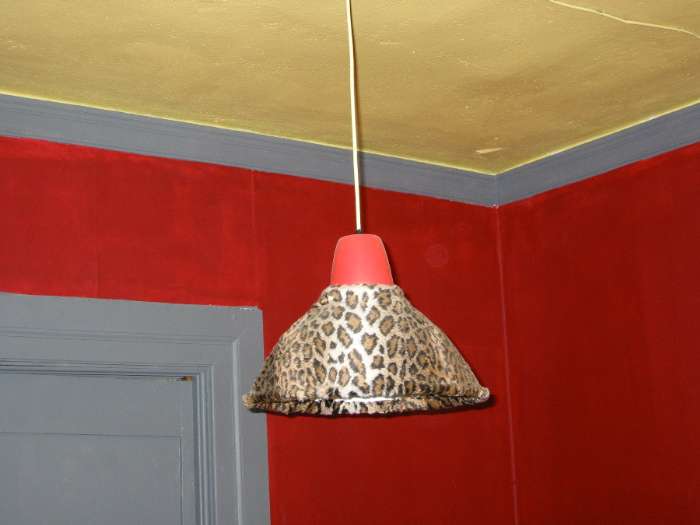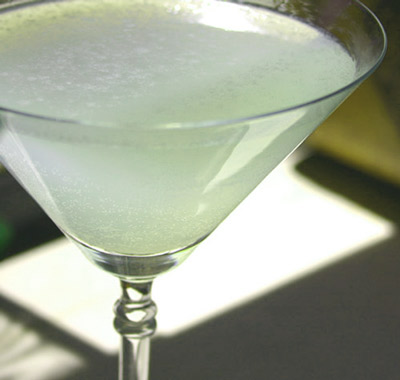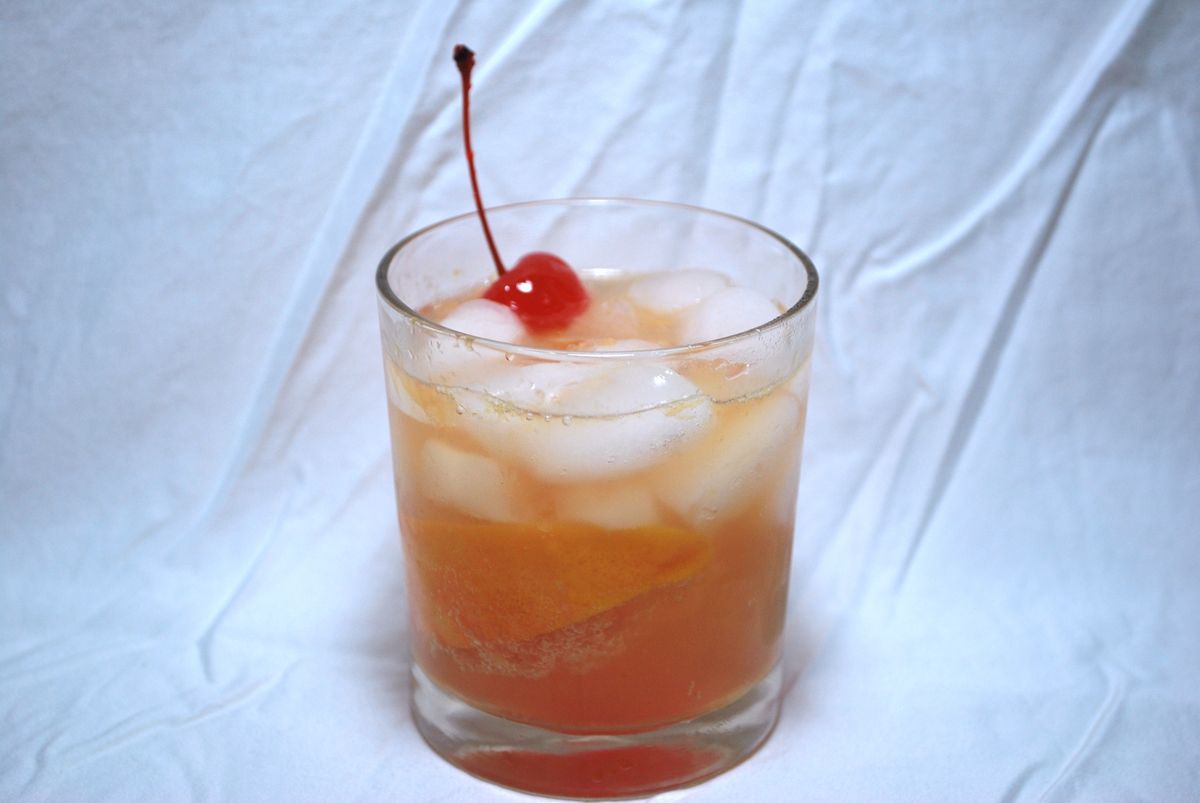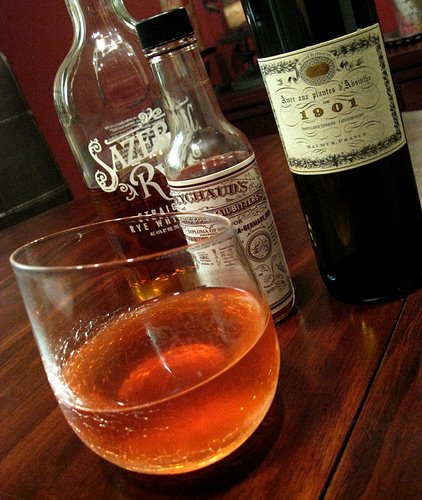I didn’t really stop to ponder what I had committed myself to writing when I promised to provide a martini how-to in my next cocktail-related blog. I cavalierly declared I would author such a piece without pondering the implications, for you see, a proper discussion of the martini begins with a rundown of the various types of gin that exist, at which point the discussion must move onto the shaken v. stirred debate. I haven’t even mentioned the question of how much vermouth to add, nor have I addressed olive v. lemon twist, the addition or omission of orange bitters, or sweet v. dry vermouth. I’ll also need to at least touch upon gin v. vodka. In short, a satisfactory dissertation on the martini must encapsulate all of the above into a concise and pithy sermon, lest it fall short of the mark. Translation– I have a lot of writing to do.
Concise is a relative term here, and this post will likely be a long one. As such, for anyone who wishes to skip all the details, and just pour themselves a drink already, I’ll start with the recipe for what I consider to be a perfect martini. If you are confused by what you read, or simply want to learn more about the drink and why I choose to craft it the way I do, read on.

Martini
2 ounces London dry gin
1/2 ounce extra dry vermouth, preferably Noilly Prat
2 dashes orange bitters
Stir ingredients over ice for about one minute, then strain into a chilled cocktail glass. Twist a lemon peel over the cocktail to spritz the surface with lemon oil, rub the twist around the rim of the glass, and then garnish cocktail with twist. Alternately, eliminate the lemon peel altogether, and instead place three speared olives into the cocktail before serving. If you wish to serve a gibson, garnish the drink with a cocktail onion in lieu of lemon peel or olives.
And now a word about gin. Excluding variations like Pimms No.1, Wacholder, flavor-infused gins, and various regional distillations, there are four primary types of gin. Chief among these varieties is London dry gin. London dry is the workhouse of the gin world. It is the only gin stocked by most bars, and is considered the default when a recipe calls simply for “gin.” Plymouth gin is a less dry, earthier gin. A few cocktails, for example a Douglas Fairbanks, specify Plymouth gin. Old Tom, a variety that is next-to-impossible to find today, is a sweeter gin, and the ingredient of choice for a Tom Collins. Genever, or Dutch, gin tends to be of a lower proof, and is compared at times to whiskey due to its malty flavor. It is occasionally specified as a cocktail ingredient, but is definitely the least common of the four types of gin in that regard.
Does one shake or does one stir one’s martini? One stirs. However, if anyone ever mentions stirring so as not to bruise the gin, that person perhaps ought to be bruised for talking such pretentious nonsense. Gin does not bruise. The reason a martini is stirred and not shaken is to avoid pouring a cloudy drink. Unless a drink contains fruit juice, or other ingredients that lend themselves to a cloudy concoction, one stirs. Shaking a martini results in a drink that is filled with tiny air bubbles and crystallized ice. The general rule is that when a cocktail contains only clear ingredients, stir it.
Before going any further, let’s now turn our attention to the oft-forgotten part of the martini recipe, vermouth. In recent years, people have developed an irrational fear of vermouth. I don’t know why this is the case, but it’s very common for bartenders to pour a martini and add perhaps 5 or 6 drops of vermouth into the drink, if any at all. Some merely swish some vermouth about in the glass to coat it, then empty the glass. The end result is a cocktail that is really no more than straight gin; that is not a cocktail. A cocktail is by definition a balanced mixture of at least three ingredients, not including the garnish. While it may be acceptable to concoct one that is composed of merely two ingredients, it is not acceptable to serve what is basically a shot of straight liquor and call it a cocktail.
So then, vermouth– add some. The martini was originally a 50/50 mixture of gin and vermouth. I find that a 4 to 1 ratio of gin to vermouth suits my palate, but 3 to 1 is also acceptable. Additionally, there are two things to note when discussing vermouth. First, vermouth does go bad; it is similar to wine in that regard. Keep it refrigerated and don’t expect it to last more than a few months. Second, contrary to popular belief, the dryness of a martini has nothing to do with how much vermouth one adds. A dry martini means a martini made with dry vermouth; the drier the vermouth, the drier the martini. A martini made with sweet vermouth is, not surprisingly, a sweet martini. The proper garnish there is a maraschino cherry, otherwise the recipe is the same save for the substitution of sweet for dry vermouth.
I add two dashes of orange bitters to a martini. This is not something anyone will notice outright, but it will offer a very noticeable depth to the complexity of the drink, and make for a better overall martini (or gibson).
Some people store their gin in the freezer to ensure a colder drink. This is a bad idea. Store gin at room temperature. Water is an important, though rarely mentioned, ingredient in nearly every cocktail recipe. During the stirring or shaking process the ice begins to melt, and can add up to an ounce of water to the drink. This is not only unavoidable, it is desirable. Water provides some of the balance necessary for making a proper cocktail. If the gin is the same temperature as the ice, the ice won’t melt as much, if at all, and the cocktail won’t turn out properly. This holds true for all cocktails. Unless otherwise necessary, as with vermouth, for example, use room temperature liquor to allow the ice to melt as it cools the drink.
Finally, a word on vodka in a martini. If you use vodka, it ceases to be a martini. The cocktail made with vodka and vermouth is called a kangaroo cocktail. Perhaps because a martini sounds infinitely classier than a kangaroo cocktail, vodka drinkers have sought to usurp the martini name. Nonetheless, a martini is never made with vodka.



